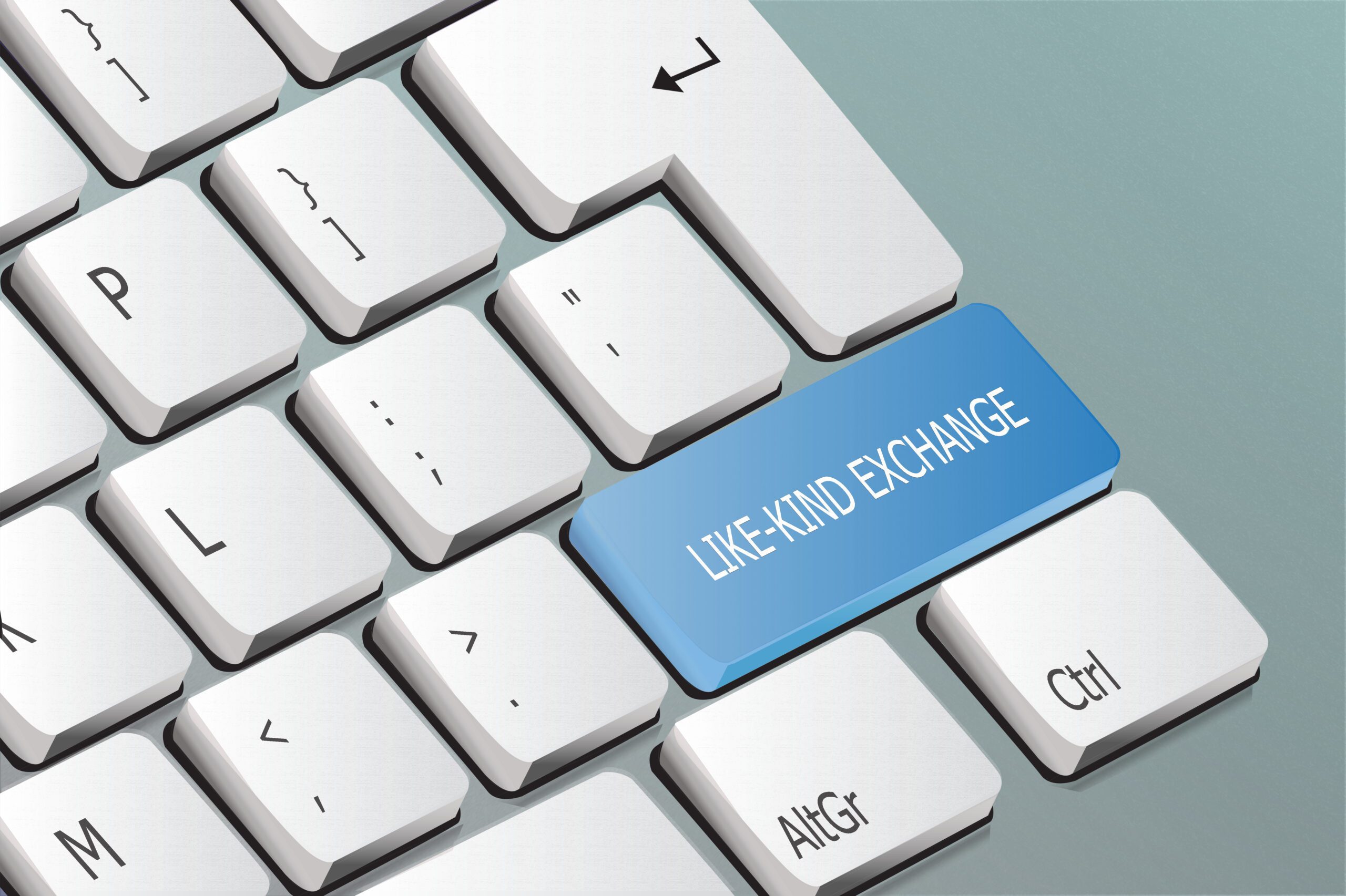A 1031 exchange, also known as a like-kind exchange or tax deferred exchange, is where real property that is “held for productive use in a trade or business or investment” is sold and the proceeds from the sale are reinvested into a like-kind property intended for business or investment use, allowing the taxpayer, or seller, to defer the capital gains tax and depreciation recapture on the transaction.
The property sold as part of a 1031 exchange is the Relinquished Property. The property purchased is the Replacement Property. The real property in a 1031 exchange must be like-kind; most real estate is like-kind to all other real estate. For example, an office building could be exchanged for a rental duplex, a retail shopping center could be exchanged for farmland, etc.


















